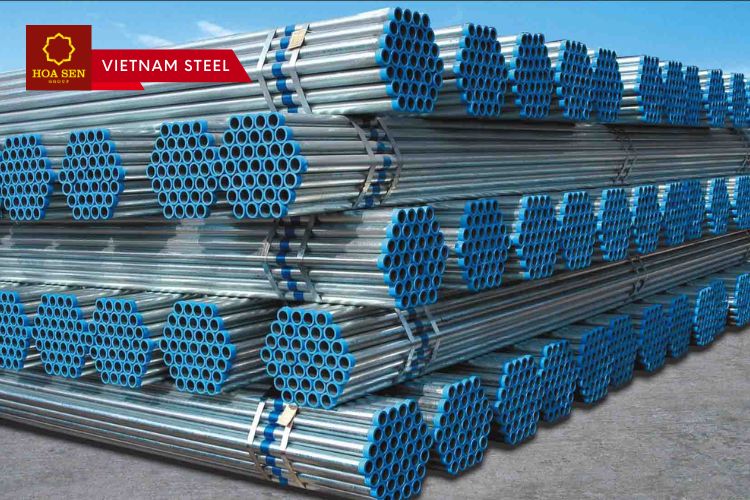We frequently receive inquiries regarding Galvanized Steel Pipes due to the prevalence of this issue in the Mekong River Delta region, where houses have aged significantly. Here is a compilation of the most commonly asked questions we have encountered concerning galvanized steel pipes.
1. What is Galvanized Steel Pipes?
Galvanized Steel Pipes undergo a process where they are immersed in a protective zinc coating to shield them against corrosion and rust. These pipes were frequently used in houses constructed prior to 1960.
Initially introduced as a substitute for lead pipes in water supply lines, galvanized steel pipes have been found to corrode and rust internally over time due to prolonged exposure to water.
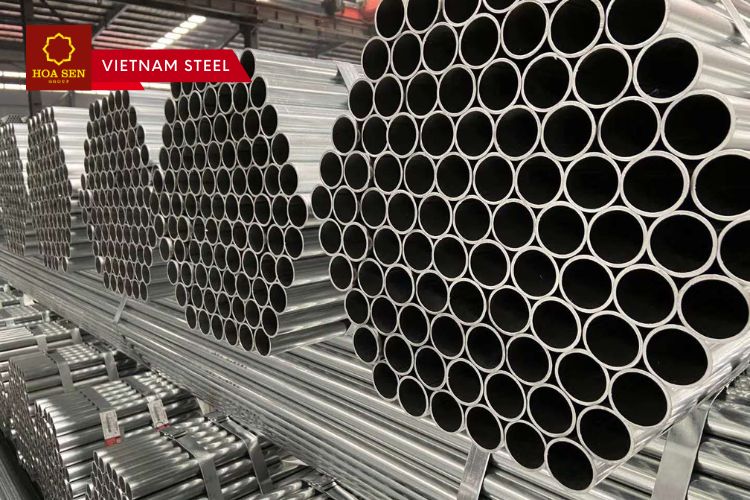
2. What is the typical lifespan of Galvanized Steel Pipes?
While no piping system is eternal, Galvanized Steel Pipes typically have a lifespan ranging from 40 to 100 years. If your home's pipes were installed in the 1960s or earlier, they are likely approaching the end of their functional lifespan.
Nevertheless, the reason Galvanized Steel Pipes are no longer employed in contemporary construction is due to the risks they pose to both the water supply and human health.
3. Safety Risks and Concerns of Galvanized Piping
The primary issue associated with Galvanized Steel Pipes is the accumulation of mineral deposits within the piping system. Over time, these deposits lead to a decline in water pressure and contaminate the household water supply. Additionally, as rust and corrosion worsen, the stability of the piping system is compromised, resulting in leaks.
As Galvanized Steel Pipes age and corrode, they can release accumulated lead into the tap water. The presence of lead in the water poses significant health risks, as excessive exposure can lead to lead poisoning.
Symptoms of lead poisoning include fatigue, headaches, insomnia, nausea, constipation, abdominal pain, and diminished cognitive abilities. Children are particularly vulnerable to high levels of lead, as it can impede their brain development and lead to long-term health issues.
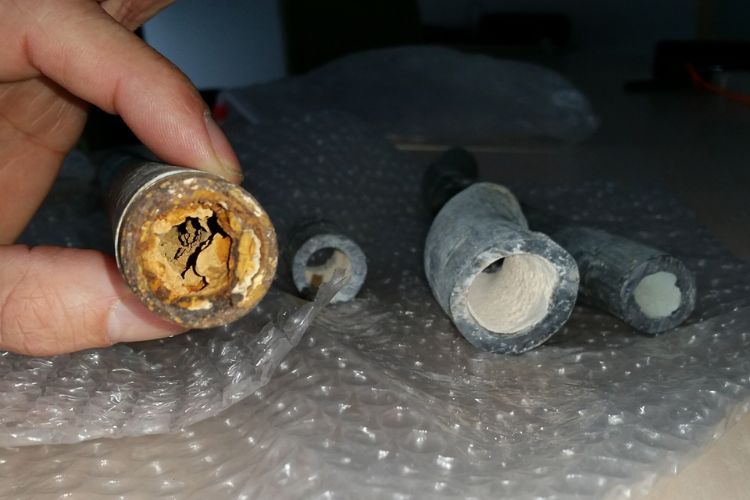
4. What do Galvanized Steel Pipes look like?
Upon initial installation, Galvanized Steel Pipes exhibit a nickel-like color. However, as they age, the appearance of Galvanized Steel Pipes may become duller, lighter, or darker, influenced by their surrounding environment.
In some instances, water pipes in homes have been painted, making it challenging to discern their true nature at first sight.
5. Identifying Galvanized Steel Pipes
If you can’t tell by looking at your pipes, there is a quick test to tell if they are galvanized. Simply grab a flathead screwdriver and a strong magnet. Start by finding your water line and scratch the outside of the pipe with the screwdriver.
- Copper: The scratched area will look like a copper penny. A magnet will NOT stick to it.
- Plastic: The scratched area will appear ivory or white. A magnet will NOT stick to it.
- Galvanized steel: The scratched area will have a silver-gray color. A strong magnet will stick to it.
- Lead: The scratched area will have a dull silver-gray color, and the metal will usually be soft and easy to scratch. A magnet will NOT stick to it. Lead pipes are easy to bend and may be misshapen. If you have lead pipes, we recommend replacement if possible.
Be sure to scratch-test your pipes in multiple areas. It’s not uncommon to have more than one type of piping on your water line.
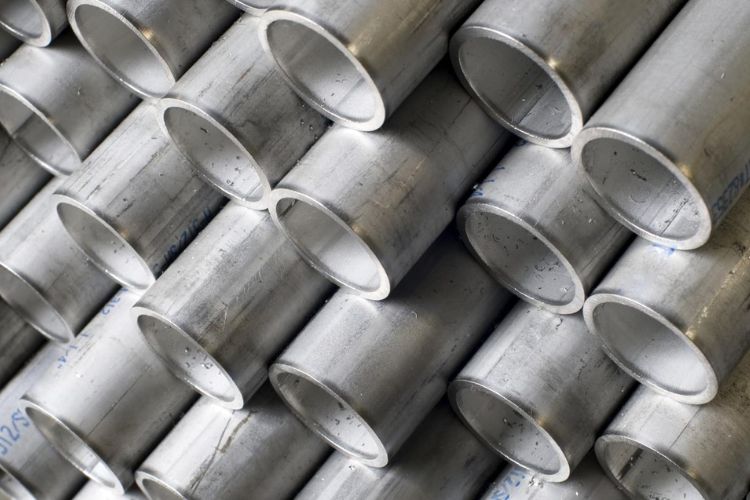
6. Presence of Lead in Galvanized Steel Pipes: Is it a Concern?
Galvanized Steel Pipes utilized in water lines from 1880 to 1960 were coated with molten zinc sourced from naturally occurring deposits. However, this zinc coating, being impure, contained traces of lead and other impurities. While the zinc coating extended the lifespan of the steel pipes, it inadvertently introduced small quantities of lead and other substances that could potentially pose risks to inhabitants.
Furthermore, if your Galvanized Steel Pipes were ever connected to lead plumbing systems, including service lines, there is heightened cause for concern. The corrosion process within galvanized steel pipes could have trapped minuscule fragments of lead.
Even if the lead piping was removed many years ago, the galvanized steel pipes could intermittently release the trapped lead into the water flow. It is worth noting that Chicago only discontinued the use of lead pipes for service lines in 1986, and it is estimated that approximately 400,000 lead service lines are still in operation in Chicago alone.
To ensure the prevention of lead mobilization from plumbing to tap in a given residence, the comprehensive replacement of both galvanized plumbing and any lead service lines is the only reliable solution.
7. Other Issues Arising from Galvanized Steel Pipes
- Low Water Pressure: The corrosion within Galvanized Steel Pipes can lead to reduced water pressure throughout your household due to the narrowing of the pipe diameter.
- Uneven Water Distribution: If certain taps experience low water pressure while others do not, it could be indicative of Galvanized Steel Pipes. Uneven corrosion buildup within the pipes can result in inconsistent water flow. Moreover, it is possible that only specific sections of the Galvanized Steel Pipeline have been replaced in your home, leading to disparities in the piping system.
- Water Discoloration: Galvanized Steel Pipes have the potential to release iron into the water supply, resulting in water discoloration. A clear indication of this is the presence of brown stains on porcelain sinks or other fixtures.
- Leaks: Over time, Galvanized Steel Pipes are prone to rusting through, leading to the occurrence of leaks. These leaks can cause further damage to your home's infrastructure if left unaddressed.
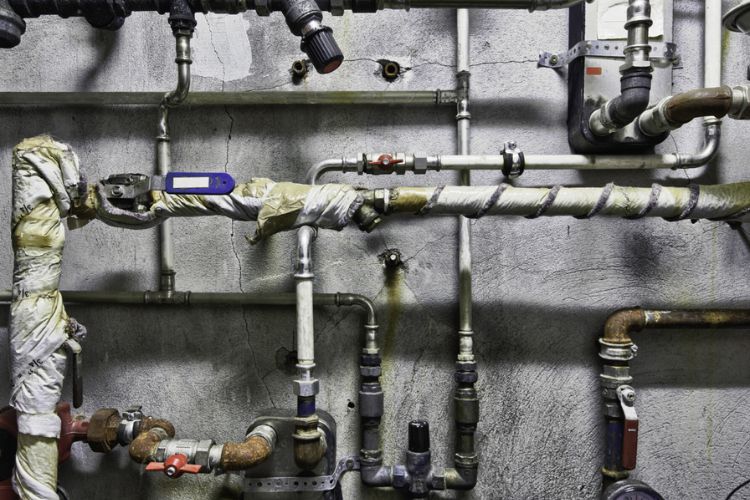
8. The Galvanized Piping Removal Process: A Closer Look
To achieve a permanent resolution, the recommended course of action is to replace all Galvanized Steel Pipes, eliminating any existing rust and lead from the piping system entirely. While repiping an entire house constitutes a significant undertaking, the benefits far outweigh the investment.
The process of repiping begins with a thorough inspection to identify any specific issues that need to be addressed. Subsequently, a suitable replacement piping material, typically copper, PVC, or PEX for freshwater lines, and ABS or PVC for waste and drain pipes, is selected.
Qualified plumbers, prioritize the protection of your home against potential damage, employ specialized tools to locate the existing pipes, remove them, and install new replacements. The duration of a repiping project can vary depending on the size of your home, taking up to a week to complete.
As for the cost, the final price is determined by factors such as the chosen pipe material and the amount of piping required. Older and vintage homes often present additional considerations, such as plaster walls, which may extend the project duration and increase the overall cost.
If you want to replace your Galvanized Steel Pipes or purchase new Galvanized Steel Pipes, or find out more about your options, we would be happy to help. Contact us today to schedule an appointment.
Read More: What is Galvanized Steel? The Galvanized Steel Manufacturing Process
Vietnam Steel Sheet by Hoa Sen Group
